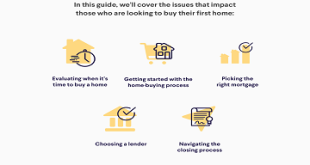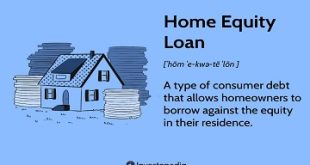Introduction:
Government-backed mortgage programs play a crucial role in helping homebuyers achieve their homeownership dreams. These programs, including FHA loans, VA loans, and USDA loans, offer flexible eligibility requirements, low down payment options, and competitive interest rates. In this comprehensive guide, we’ll explore each of these government programs in detail, covering their benefits, eligibility criteria, and how they can help homebuyers purchase their dream homes.
Chapter 1: FHA Loans
FHA loans, insured by the Federal Housing Administration, are popular among first-time homebuyers and those with less-than-perfect credit. Key points include:
Low Down Payment:
FHA loans typically require a down payment of only 3.5% of the purchase price, making them accessible to buyers with limited savings.
Flexible Credit Requirements:
Borrowers with lower credit scores may still qualify for an FHA loan, as the FHA is more lenient than conventional lenders when it comes to credit history.
Mortgage Insurance:
FHA loans require both an upfront mortgage insurance premium (MIP) and annual mortgage insurance premiums, which protect the lender against borrower default.
Chapter 2: VA Loans
VA loans are designed for eligible veterans, service members, and their families, offering several benefits, including:
No Down Payment:
VA loans typically do not require a down payment, making them an attractive option for eligible military personnel and veterans.
Competitive Interest Rates:
VA loans often feature competitive interest rates compared to conventional mortgages, potentially saving borrowers money over the life of the loan.
No Private Mortgage Insurance (PMI):
VA loans do not require PMI, reducing the overall cost of homeownership for borrowers.
Chapter 3: USDA Loans
USDA loans, backed by the U.S. Department of Agriculture, are designed to help low- to moderate-income homebuyers in rural and suburban areas. Key features include:
No Down Payment:
USDA loans offer 100% financing, allowing eligible borrowers to purchase a home without making a down payment.
Flexible Credit Requirements:
USDA loans have more flexible credit requirements than conventional loans, making them accessible to borrowers with lower credit scores.
Income Limits:
USDA loans have income limits based on the area’s median income, ensuring they target households with moderate incomes.
Chapter 4: Benefits of Government Programs
Government-backed mortgage programs offer several benefits for homebuyers, including:
Increased Access to Homeownership:
FHA, VA, and USDA loans make homeownership more accessible by offering low down payment options and flexible eligibility criteria.
Competitive Interest Rates:
These programs often feature competitive interest rates, helping borrowers save money over the life of their loans.
Options for Low-Income Borrowers:
USDA loans, in particular, provide options for low-income borrowers in rural and suburban areas who may struggle to qualify for conventional financing.
Chapter 5: Eligibility and Requirements
Each government program has specific eligibility requirements that borrowers must meet:
FHA Loans:
Borrowers must have a minimum credit score of 500 (or 580 for the 3.5% down payment option) and a debt-to-income ratio of 43% or less.
VA Loans:
Eligibility is determined by military service and discharge status. Borrowers must obtain a Certificate of Eligibility (COE) from the VA.
USDA Loans:
Borrowers must meet income eligibility requirements based on the area’s median income and agree to live in the home as their primary residence.
Chapter 6: Applying for Government Programs
The process of applying for government-backed mortgage programs involves several steps:
Prequalification:
Contact a lender to get prequalified for the program(s) you’re interested in. Prequalification gives you an idea of how much you can borrow and helps streamline the homebuying process.
Documentation:
Gather necessary documentation, including pay stubs, tax returns, bank statements, and proof of military service (for VA loans).
Application:
Complete the loan application with your chosen lender and provide any required documentation.
Underwriting and Approval:
The lender will review your application, verify your information, and determine if you qualify for the loan.
Chapter 7: Conclusion
Government-backed mortgage programs such as FHA loans, VA loans, and USDA loans provide valuable opportunities for homebuyers to achieve their homeownership goals. By offering low down payment options, flexible eligibility criteria, and competitive interest rates, these programs help make homeownership more accessible to a wide range of borrowers, including first-time buyers, veterans, and low-income families. If you’re considering buying a home, explore the options available through these government programs and see how they can help you turn your homeownership dreams into reality




